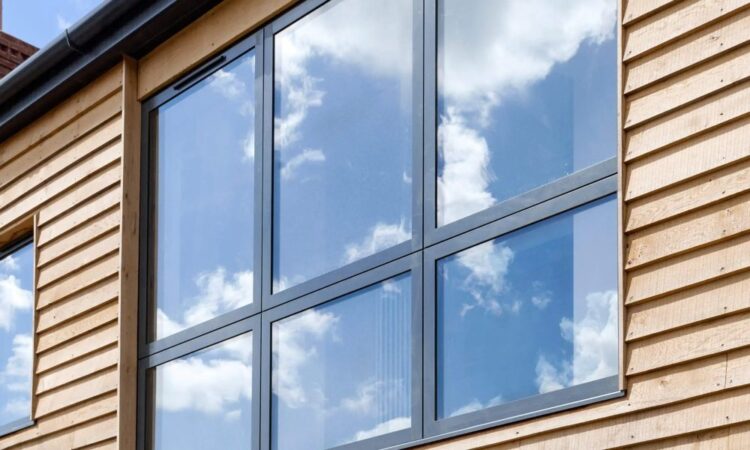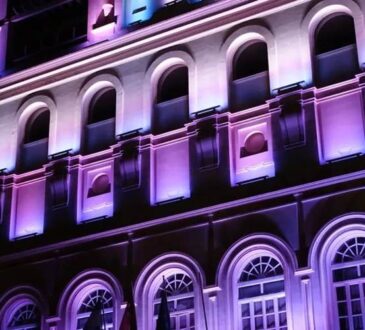The Function for Aluminium Windows in the Restoration of Historic Buildings: Balancing Tradition with Modernity

Respecting architectural heritage while incorporating contemporary performance and utility criteria is essential when restoring listed structures. Historic buildings’ energy efficiency, charm, and usefulness are all greatly influenced by their windows. There are advantages and disadvantages to the growing usage of historic aluminium windows. The selection of materials, methods, and colours for renovating heritage-listed structures with aluminium windows is restricted by regulations and planning limitations enforced by historical and conservation agencies. Aluminium must mimic the look of classic steel or timber windows in order to be deemed acceptable. This can be difficult since historical officials have rigorous rules about sightlines, glass bars, dimensions, and finishes.
In contrast to conventional oak frames, aluminium, a contemporary industrial material, is viewed as lacking warmth and genuineness, which presents difficulties. Aluminium may be seen by conservation purists as an aesthetic and psychological barrier that is incompatible with heritage building. Technical compatibility is another issue since ordinary aluminium window systems could not match listed buildings’ uneven wall levels, apertures, and architectural elements exactly. In order to prevent harming delicate structures, special production and careful installation are required.
Planning restrictions govern window and façade modifications for Victorian and Edwardian residences located in conservation zones or listed structures. Conservation officials are becoming more receptive to authentically built custom historic aluminium windows. For approval, features like precise horn detailing, glazing bar arrangements, and thin sightlines might be crucial. Installing secondary glazing beneath original windows can improve insulation without changing the exterior’s look.
Heritage aluminium windows in Victorian or Edwardian homes may be customised to go in with Scandinavian, industrial, or minimalist décor while maintaining historical authenticity. In order to provide architectural coherence between the old and the new, these windows can be modified with bigger glass panels along with incorporated doors for loft conversion and rear additions. Without sacrificing the aesthetic appeal of these historic properties, these custom solutions promote energy efficiency, save maintenance costs, and increase comfort. It becomes easier to restore and preserve built heritage with integrity and authenticity when manufacturers make investments in heritage-specific product lines.




